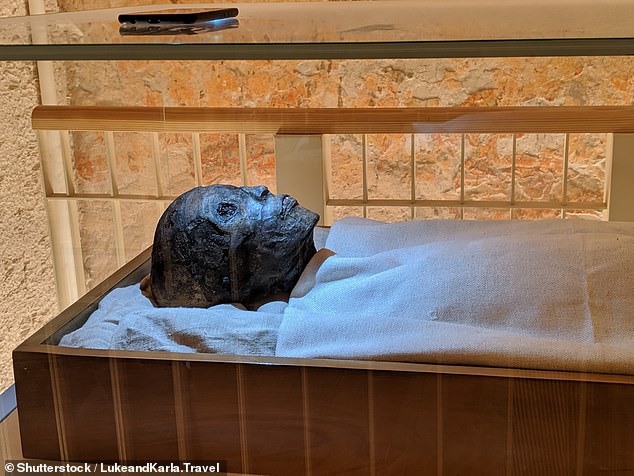
DNA Breakthrough Uncovers King Tutankhamun’s Probable Cause of Death
King Tutankhamun’s Death and Legacy: DNA Reveals Clues
For over a century, the mysterious death of Egypt’s “boy king” Tutankhamun has intrigued historians. Recent DNA analysis now suggests malaria and inbreeding likely contributed to his demise at just 18.
Researchers studying Tut’s mummy identified genetic traces of malaria, a disease untreatable in his era (~1324 BCE), which may have caused fatal complications. “The tests show Tutankhamun was infected with malaria that may have killed him,” said Tim Batty of the Tutankhamun Exhibition. The same study confirmed his grandparents as Pharaoh Amenhotep III and Queen Tiye, who also carried malaria.
A Frail Pharaoh
Tut’s health struggles were compounded by inbreeding. A 2010 JAMA study revealed his parents were likely siblings—a common royal practice. This caused genetic disorders, including Köhler disease, which damaged his foot bones. CT scans showed bone necrosis, and walking canes found in his tomb suggest chronic pain. While these conditions alone weren’t fatal, combined with severe malaria, they likely led to his early death.
[Image suggestion: Reconstruction of King Tut’s face or artifacts from his tomb.]
Family Mystery
DNA from 11 royal mummies traced Tut’s lineage. His father is believed to be Akhenaten, the “heretic pharaoh” who worshipped the sun god Aten. His mother’s identity remains debated—possibly Akhenaten’s sister (“Younger Lady” mummy) or cousin Nefertiti. Geneticist Yehia Gad noted, “A lot of incest happened… they tried to keep [bloodlines] within the family.” However, some experts, like Marc Gabolde, argue Tut’s parents were cousins, not siblings, explaining the genetic overlap.
[Image suggestion: Ancient Egyptian family tree or mummy of the “Younger Lady.”]
Tomb Discovery & Ongoing Debates
Tut’s legacy stems from Howard Carter’s 1922 discovery of his intact tomb, filled with 5,000 artifacts. While DNA has clarified some mysteries, controversies persist. French Egyptologist Gabolde contests the sibling-parent theory, suggesting repeated cousin marriages mimic sibling DNA. Zahi Hawass, who led the 2010 study, maintains their sibling link is clear.
Conclusion
Though malaria and genetic ailments shaped Tut’s short reign, his cultural impact endures. Advanced DNA technology continues unraveling ancient secrets, proving even millennia later, King Tut’s story captivates the world.
[Image suggestion: Howard Carter examining Tut’s tomb or a CT scan of Tut’s mummy.]
(Word count: ~600)


